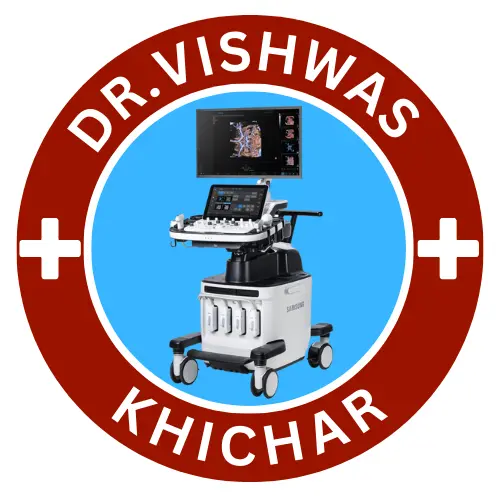Ascitic Tapping

Ascitic tapping, also known as paracentesis, is a procedure used to remove fluid from the abdominal cavity (ascites). Ultrasound guidance is often employed to assist in the safe and accurate performance of this procedure. Here’s how it typically works:
Preparation: The patient is usually positioned lying down on an examination table. The skin over the abdomen is cleaned and numbed with a local anesthetic.
Ultrasound Guidance: Before the needle insertion, an ultrasound machine is used to visualize the abdominal cavity and locate the optimal site for paracentesis. The ultrasound helps identify pockets of fluid, as well as any underlying structures such as organs or blood vessels, ensuring that the needle is inserted safely and accurately.

Insertion of Needle: Once the optimal site is identified, a thin needle attached to a syringe is inserted through the skin and into the abdominal cavity. The needle is guided by real-time ultrasound imaging to ensure precise placement and to avoid puncturing nearby structures.
Fluid Collection: As the needle is inserted into the abdominal cavity, fluid is withdrawn into the syringe. The amount of fluid collected depends on the underlying condition being investigated and may vary widely.
Analysis: The collected fluid is sent to a laboratory for analysis. This may include testing for the presence of infection, cancer cells, blood, or other abnormalities.
Post-procedure Care: After the procedure, the needle is removed, and a bandage is applied to the insertion site. Patients are typically monitored for a short period to ensure there are no immediate complications, such as bleeding or infection.
Ultrasound guidance enhances the safety and accuracy of ascitic tapping by providing real-time visualization of the abdominal cavity and fluid collection. It helps healthcare providers identify the best insertion site, avoid potential complications, and maximize the success of the procedure.
